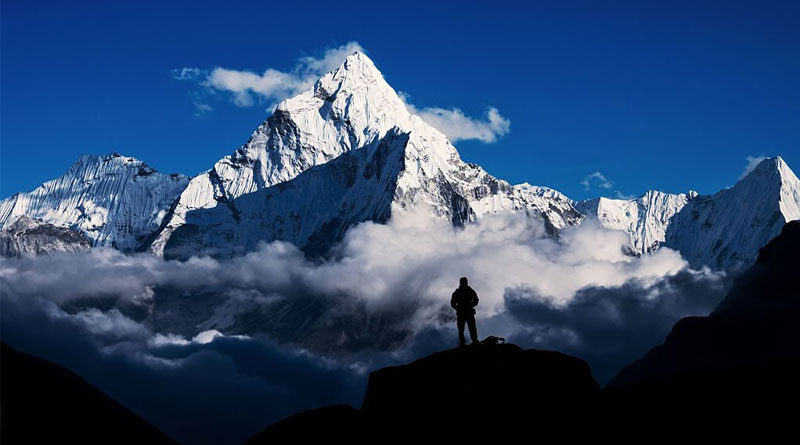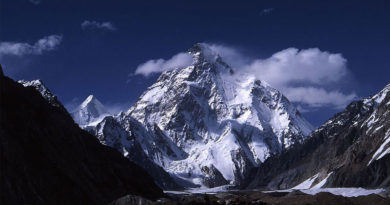What is the Worst Time to Climb Mount Everest?
The worst time to climb Mount Everest is during the monsoon season. This season takes place from late June to early September. During this time, the weather on the mountain is unstable and unpredictable. You will encounter heavy rain and strong winds, which makes it difficult and dangerous to climb. Additionally, the increased precipitation can cause avalanches and make the already challenging terrain even more treacherous.
Additionally, the climbing routes on Everest are often lined with heavy clouds during the monsoon season. Clouds make it difficult to see and navigate the mountain. This can be especially dangerous for inexperienced climbers who may become disoriented or lost in the clouds.
In contrast, the best time to climb Everest is typically from late April to early May and from late September to early November. During these months, the weather is typically more stable, with clear skies and lower winds, making it easier and safer to climb the mountain.
Alternative Climbing Seasons
The alternative climbing seasons on Mount Everest are the periods outside of the monsoon season that is considered the best times to climb the mountain. These are typically from late April to early May and from late September to early November.
During these months, the weather on the mountain is typically more stable. You will see clear skies and lower winds, making it easier and safer to climb. The clear weather also allows climbers to see the route ahead of them and navigate more easily. This reduces the risk of getting lost or disoriented.
Additionally, the temperature during this season is relatively warm, making it more comfortable for you to make the ascent. This is especially important for climbers who are spending extended periods of time on the mountain. This is because staying warm and dry is crucial for their comfort and safety.
Another advantage of the alternative climbing seasons is that they attract fewer climbers to the mountain. This can make the ascent less crowded and less competitive. This can be beneficial for climbers who prefer a more relaxed and less congested climbing experience.
Conclusion
When it comes to climbing Mount Everest, timing is everything. Because of the unpredictable weather, increased risk of avalanches, poor visibility, and difficult navigation conditions, the monsoon season, which lasts from June to September, is considered the worst time to climb. The alternative climbing seasons, from late April to early May, and from late September to early November, on the other hand, provide the best climbing conditions, with clear skies, lower winds, stable weather, and warmer temperatures. To ensure a safe and successful ascent, you must carefully plan and prepare, taking into account the conditions on the mountain.




